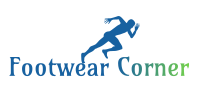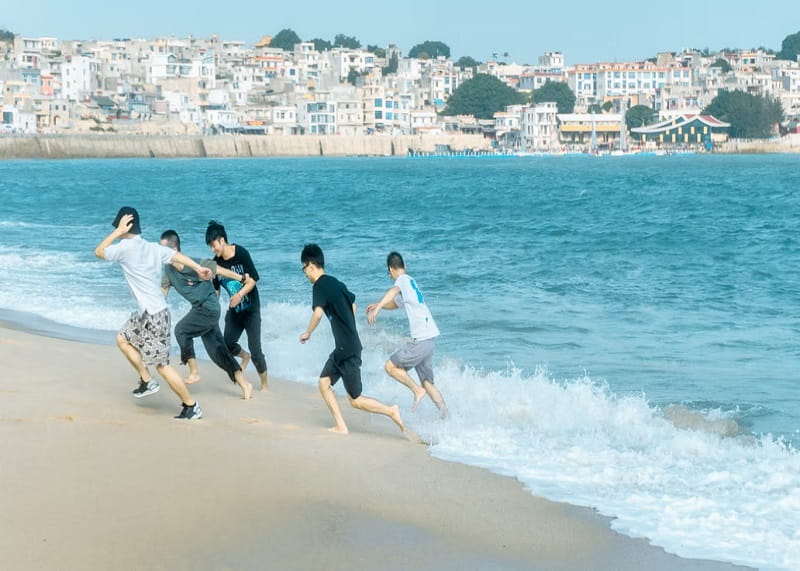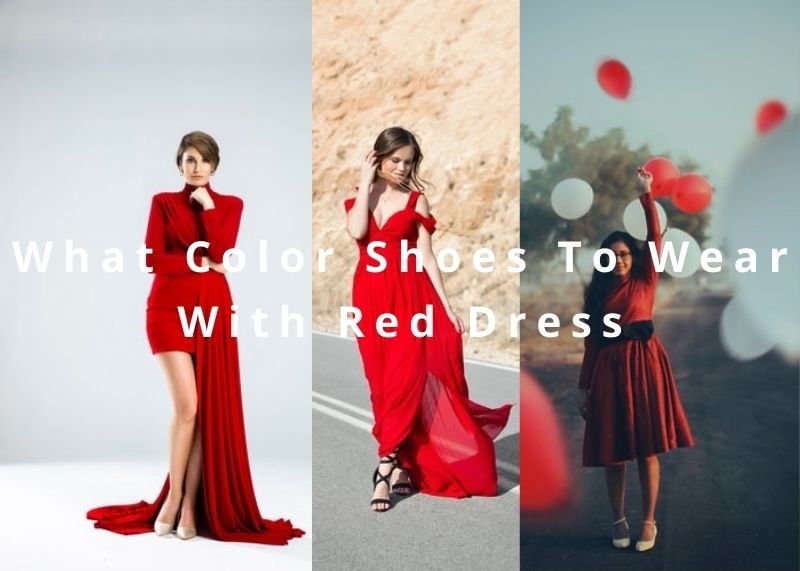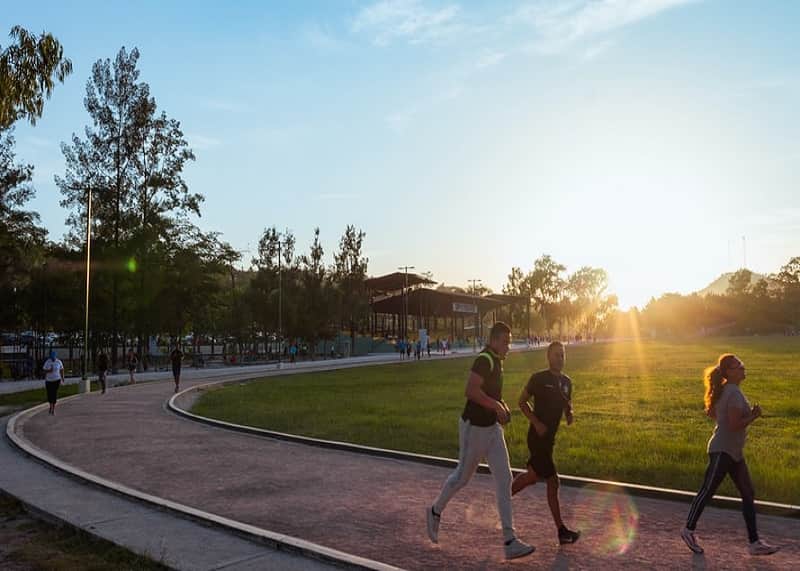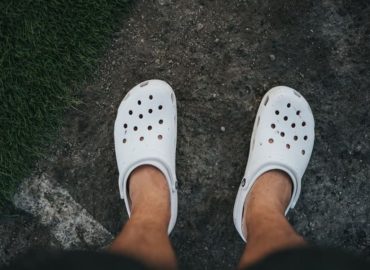Today’s Topic Is Very Interested Pros And Cons of Barefoot Running, There is a growing Sub-Culture of runners going shoeless & Embracing the running barefoot lifestyle. Advocates contend that running barefoot enhances foot biomechanics & decreases injury risk.
While investigations have found that running efficiency boosts by 4% when barefoot running, there is still a lack of Well-Designed analyses comparing the incidence of damages in runners sporting shoes with those barefoot runners.
Table of Contents
Footwear To Mimic Bare Feet
Although it may display like an oxymoron shoes For running barefoot, larger shoemakers are adopting the Semi-Barefoot activity. They are doing this by making minimalist shoes that offer slightly more than a Rubber-Sole for safety from the pavement.
You Might Also Like ⇒
- Most Comfortable Dress Shoes For Women
- Best Trending Shoes For Women
- Best Summer Shoes For Women
- Best Spring Shoes For Women
- Best Flip Flops For Women
- Best Flip Flops For Men
- Cheap High Heel Shoes
- Best Ankle Boots For Women
- Best Walking Sandals For Women
- Best Workout Shoes For Women
- Business Casual Shoes For Women
- Best Shoes For Walking
- Shoes For Cocktail Dress & Party Dress
- What Color Shoes To Wear With Burgundy Dress
- What Color Shoes To Wear With Navy Dress
The Pros And Cons of Barefoot Running In 2023
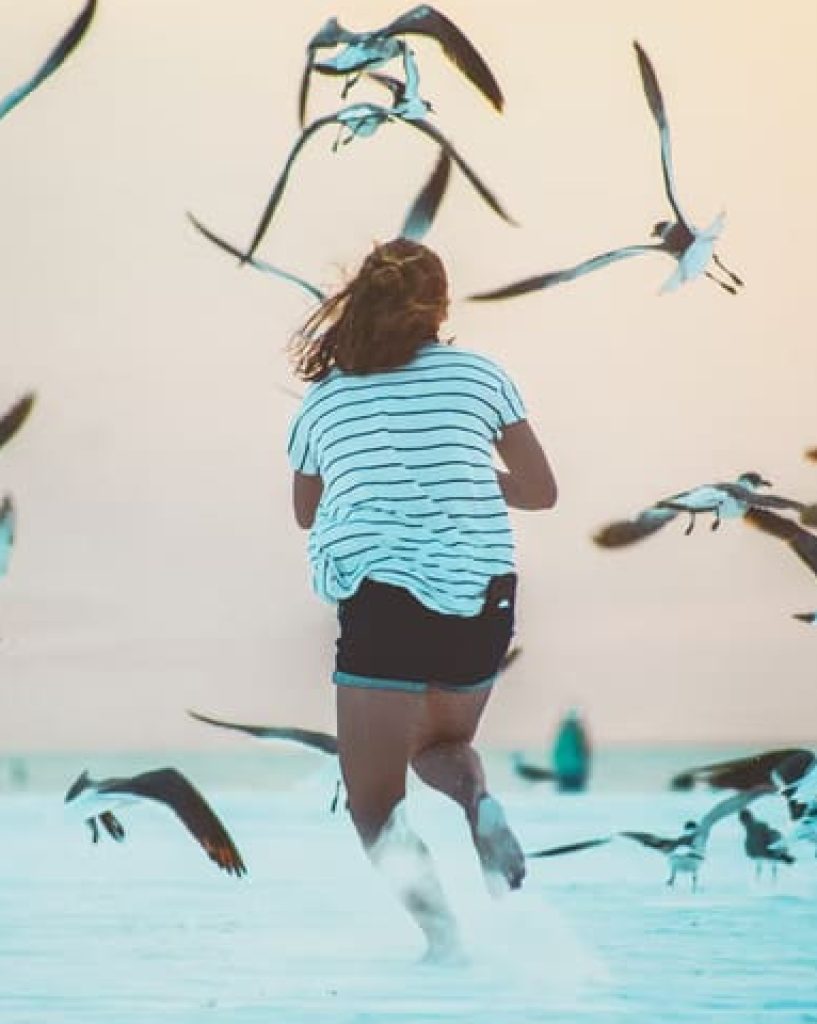
Some specialists agree with shoeless running in that using shoes weakens the Small-Muscles in the feet & stops the Tendons, Ligaments, & Natural-Arches from doing their job. They think that the result of the best shoe inserts, Orthotics, & Extra-Cushioning is Poor-Foot Bio-Mechanics & Increases the risk of Foot, Leg, & Knee Injuries.
Other experts claim that the best shoes can, in fact, right Bio-Mechanical problems & help decrease injury risk. One could also claim that if treating Foot-Pain was as easy as going running barefoot, more podiatrists would suggest it as a simple answer. Most podiatrists, however, still define orthotics to reduce Foot-Pain.
Until more analysis is available, it’s difficult to say if shoes are Helpful or Harmful to your Foot-Health, but the barefoot running trend has flared in the shoe factories.
Pros
- Strengthens your Gait & Feet
- Reduces Injuries
- Forces you to use the right technique
- May enhance balance & proprioception
- More links to the ground
Cons
- Little Foot-Protection
- May boost Achilles tendinitis & Calf-Strain
- May improve Plantar-Pain
- More sensitive to blisters
- You may look & feel bizarre at first
Potential Benefits of Shoeless Running
While running barefoot or sporting minimal footwear may not fix all that ails you, the following are some very convincing ideas for shoeless running or, at least, sporting minimalist shoes.
- You may design a more Natural-Gait & strengthen the Muscles, Tendons, & Ligaments of the foot.
- Clearing the heel lift of most shoes helps the Achilles Tendon & Calf-Muscle stretch & extend. It may also decrease injuries, such as Calf-Pulls or Achilles tendinitis forced by Short, Tight muscles.
- Runners remember to land on the Mid-Sole & Front of the Foot-Rather than the heel. The majority of Heel-Striking is a natural result of excessive padding of running shoes & research indicates this is not the most practical natural barefoot running stride.
- You may enhance balance & proprioception. Without shoes, you start the more miniature muscles in your feet, Ankles, Legs, & Hips that are liable for more reasonable balance & coordination.
- You may feel more dropped. Being a barefoot runner helps you enhance balance, but it also allows you to stay grounded & bonded to your environment. You learn to spread your Toes & extend your foot so it becomes a more solid & related base that helps all your movements.
Potential Drawbacks of Shoeless Running
Suddenly running barefoot or sporting a minimal shoe can be quite a surprise to the foot. The transition needs an incremental adaptation phase. But that is not the only situation with a shoeless workout.
- Shoes offer a substantial amount of security from Road-Debris such as Glass, Nails, Rocks, & Thorns. They also suggest insulation in chilly weather & protect us from frostbite in Ice & Snow.
- The base of the feet is Soft & Tender for most people. Going without a Stiff-Soled shoe may originally cause plantar pain or, in those tolerant, improve the risk of Plantar-Fasciitis.
- Almost everyone who swaps to a minimal shoe or starts shoeless running will search themselves fighting blisters for the rather few weeks until calluses are constructed. Getting adjusted to the ragged ground underneath needs some time & effort.
- Most runners are not used to running barefoot, so a minimalist shoe will be a surprise to the feet, also the muscles will Initially-Feel overworked.
- The lower your heels are to the floor, the more difficult your Achilles tendon will require to operate. In somebody, this may even lead to harm such as Achilles tendonitis or Calf-Strain when the standard heel lift is released from the shoes.
Getting Started For Barefoot Runner In 2023
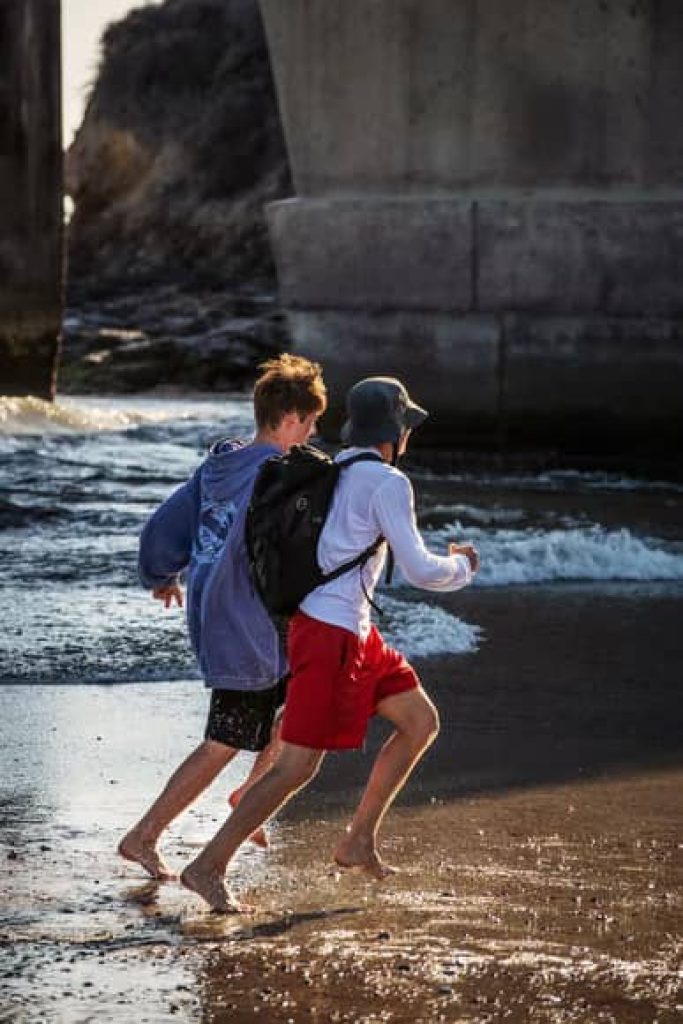
Pros And Cons of Barefoot Running, Your feet will need some strengthening at first. So, present your feet to barefoot running by walking on a rough track. A treadmill or a rock path can also work.
Start by walking around the way a few times. Once you are Warmed-Up, run a small distance & practice proper running techniques. After each run, push your feet & check for blisters or any discomfort in your feet, Ankles, or Knees.
Don’t do Too-Much-Too-Soon. Gradually boost your distance by 10% every week.
Practice Good Running Form
- Land Lightly, Smoothly, and peacefully on your Mid-Sole & then roll through to the act of your toes.
- Use Short-Strides & avoid allowing the soles of your feet to slap the ground.
- Your heels can feel the ground, but only behind you have first created contact to the floor with your Mid-Foot.
- A common blunder is to push the floor away with your toes, which may direct to blisters over Longer-Distances.
After some weeks of barefoot running & working on the right running method, try these tips while sporting the tiniest shoes. You may require to try a few various types of minimal shoes to discover the good ones for you.
Do not pause to confer with a Physical-Therapist or Sports-Medicine physician if pain continues beyond blisters & Aching-Soles of the feet.
Running Barefoot Shoes vs. Traditional Running Shoes
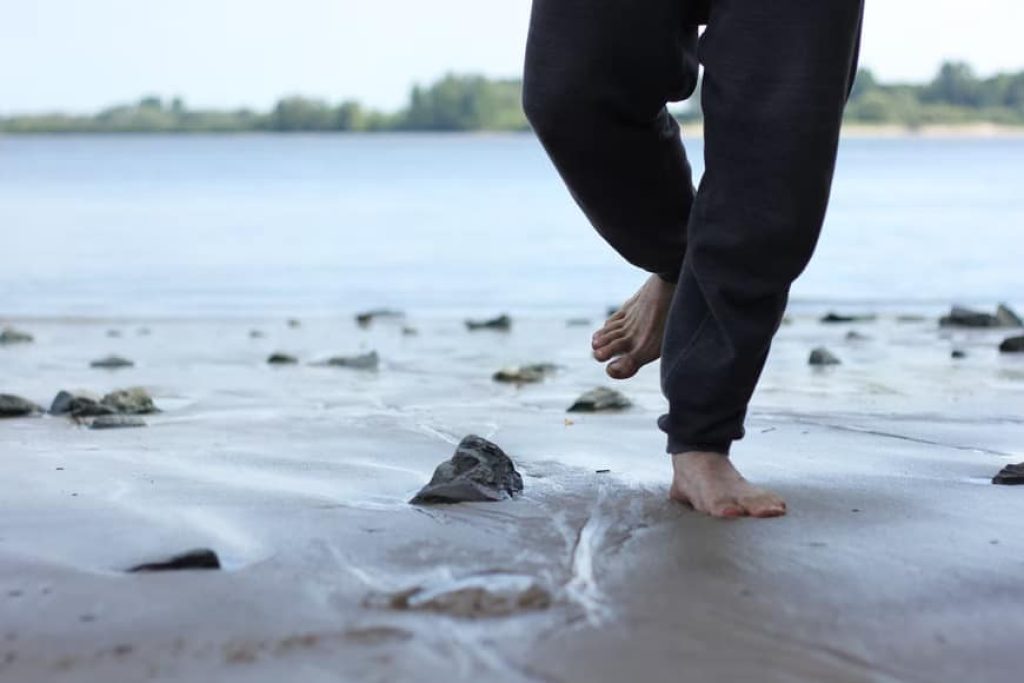
Traditional running shoes have 10-To-12 millimeters of cushioning in the Heels-Compared to the toes. This element of the shoe is called the “Heel-To-Toe-Drop” & simply means that your toes drop 10-To-12 millimeters below where your heel is posing in the shoe.
By contrast, minimalist shoes have an 8-millimeter Drop or Less. Some factories also offer “Zero-Drop” shoes, or No Heel-To-Toe drops, giving the same effect as a barefoot runner. This kind of shoe holds both your heel & forefoot at the same level & doesn’t offer any Stability-Support.
Minimal Shoes
- Usually created of light, bendable fabrics with a Low-Stack height
- Less than 8-MM Heel-To-Toe Drop
- It is better for runners with more Calf-Flexibility & Ankle-Mobility
Traditional Running Shoes
- Thick Heel-Cushioning & Stiff-Soles
- A 10-to-12 mm Heel-To-Toe drop
- Better for runners with a feisty Heel-Strike, Tight-Calves, or Achilles-Tendonitis
Choosing The Best Running Shoe Pair For You
A good minimal running shoe should be soft & have less buffering in the heels to qualify for Foot & Ankle-Mobility. Once on, they should regard as though they’re a wing of your feet when you’re running in them.
The Heel-To-Toe drop varies considerably from Runner-To-Runner and depends on:
- Speed
- Strength
- Flexibility
- Foot-Strike Pattern
- Injury History
The tiniest shoe with a lower Heel-To-Toe drop may be more suitable for runners with regular knee issues, whereas a Higher-Drop will produce more stress to the Knees & Hips but will be easier on the Feet, Ankles, Achilles, & Calves.
Picking the right running shoe for you might come down to some test & error as you operate on your running technique & get better familiarised with your Foot-Strike pattern & the functional activity of your feet.
Barefoot Running | GTN Investigates The Pros And Cons
Why Trust Us?
We fully know how tough it is to search for trustworthy shoe advice, & that’s one of the chief reasons we built FootwearCorner. We live for outdoor & indoor adventure, also we take these reviews and guides very sincerely. Here are some of the logic you can trust:
- Our choices are fully independent & based on personal and market experience.
- We have logged over 10,000 trail miles & test outdoor equipment for a living.
- We own & field test every shoe product we suggest, which is dismally not the norm.
- We visit Industry-Trade shows to hear about future product innovations.
- We regularly update our reviews & guides when the latest products launch.
- We treat our certificates as if they were for our friends & family.
- We are Life-Long learners & we are always open to helpful criticism. If you consider we missed a product or got something incorrect, we would love to hear your feedback.
